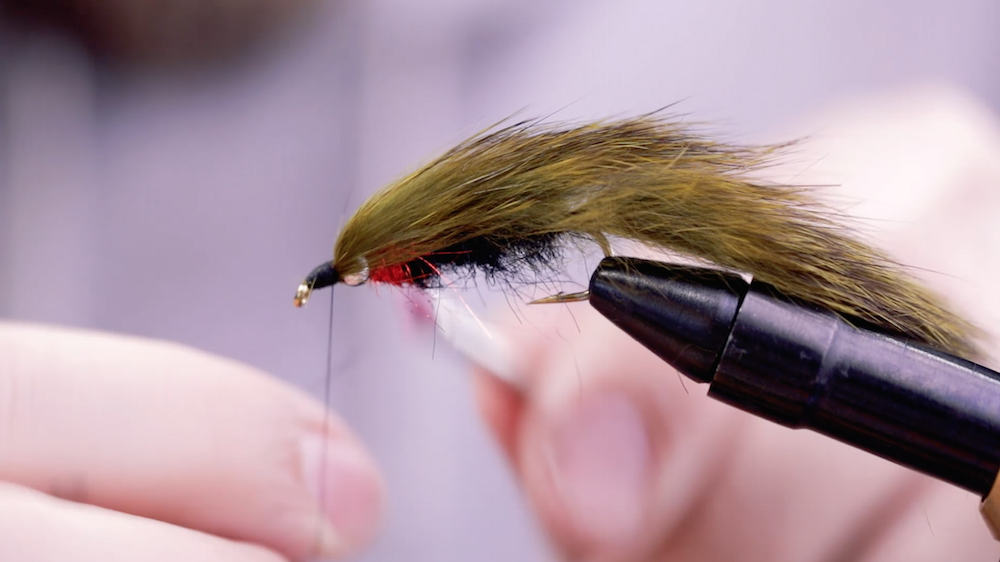Winter’s taken it sweet time showing up here in my home state of Utah. We didn’t get a real honest-to-goodness snowstorm until the third weekend of January. Idaho hasn’t seen much snow either, according to my friend Chris Hunt (of Trout Unlimited). Afton, Wyoming got hammered not too long ago, but even out in Colorado along the Front Range the snow is thin.
Despite the absence of snow, and the colder temps that accompany a Rocky Mountain Winter, the streamer fishing has still been as dependable as always. In fact, if I had to choose a time of year to fish streamers, I think it’d be right now. Late January to early March – especially on the Green below Flaming Gorge – is the place to be if you want a Ph.D., in streamer fishing.
But what is it about winter that makes it such a valuable time of year to learn streamer fishing?

Easy Water
Trout get sluggish in winter. Anyone who’s fished when there’s snow on the ground can attest to this. Since they quit being so active this time of years, they tend to leave the riffles and faster rips of water in favor of the soft edges of seams, deep pools, and back eddies.
Learning streamer fishing is a lot easier in this type of water than trying to learn the step-swing-strip technique. You don’t have to fight current and learn to differentiate between a trout nipping your fly or the streamer smacking a rock; instead, you can cast straight upstream on a downstream retriever in big pools, or across slowly-swirling back eddies.
The difference between learning to fish streamers in this water is like the difference between teaching someone to fish dries on a beaver pond or a high-country freestone stream. The freestone stream is always easier, whereas beaver ponds require nothing but patience and an exact match to whatever fly happens to be hatching.

You learn the strip set quickly
The strip set is imperative to being successful with streamers. For starters, a normal trout set (where you hold the line tight and pull the rod vertical) pulls the fly from a trout’s mouth. A strip set (where you keep the rod tip level while continuing to strip line) keeps the streamer level, sinking it into the trout’s jaw.
The strip set is the hardest part of streamer fishing for most anglers to learn, but once you have it down, you’ll rarely miss fish moving forward.

You learn trout behavior
Trout are naturally curios, finnicky, cantankerous animals, especially so since they’re not capable of sentient thought. Streamer fishing makes it seem like they’re as smart as an elk at times.
A lot of trout love to short-strike prey in the winter. The goal with a short strike is, once again, to save energy. Instead of expending it chasing down a meal, a fish will strike once at a baitfish, and once the food is stunned, the trout strikes again and eats.
Your streamer is no different. A lot of anglers love the articulated streamer because the extra hook(s) eliminates missed hook sets.
Winter isn’t the only time trout act like this, but it’s the season where they’ll short strike most often; however, it’s a great way to learn how to wait for fish to fully commit to a bite before you commit to the set.
Streamer fishing is one of the most exhilarating parts of the sport. Do yourself a favor and give it a try this winter if you haven’t already.
Spencer Durrant is a fly fishing writer, outdoors columnist, and novelist from Utah.
https://postflybox.com/blog/2018/10/18/invest-in-what-you-love-equity-crowdfunding-and-why-were-doing-it/


2 thoughts on “Why Winter is the Best Time to Learn Streamer Fishing”